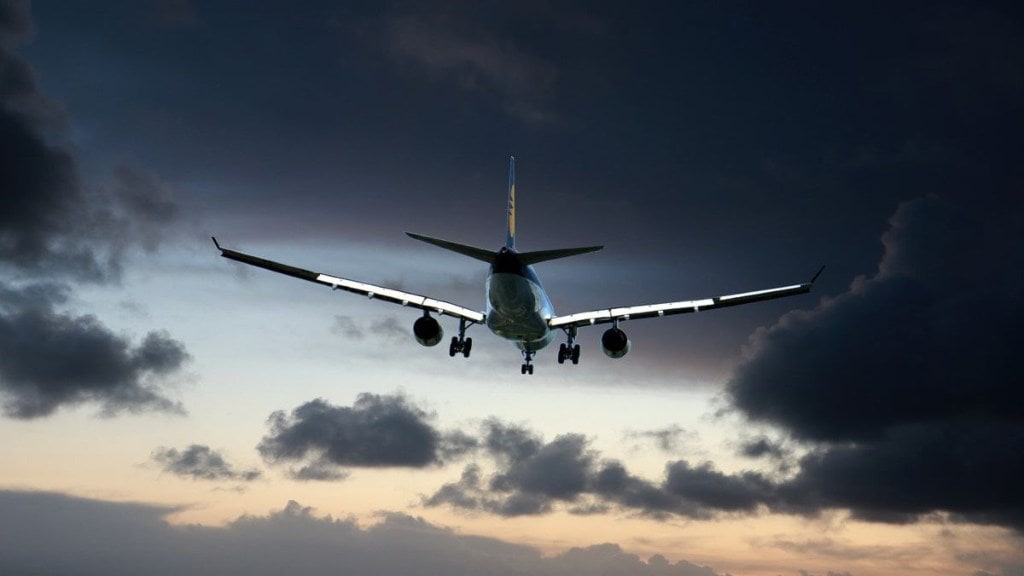The aviation industry in India is facing a curious challenge — not a scarcity of pilots, but a shortage of Commanders for specific aircraft types. In order to bridge this gap, foreign pilots are being brought in under the Foreign Aircrew Temporary Authorisation (FATA) program.
In a bid to bolster aviation training infrastructure, both Air India Limited and Inter Globe Aviation Limited have recently placed orders for new aircraft, signaling a growth trajectory. The specifics of these orders can be found in the attached Annexure.
Flying schools and other initiatives
Recognizing the need for more skilled pilots, the government has taken proactive measures to expand flying schools across the nation. The Airports Authority of India (AAI) has allocated 15 Flying Training Organization (FTO) slots at 10 airports, with 5 currently operational. Moreover, Khajuraho is now equipped to provide helicopter training, expanding the training horizon.
Furthermore, Indira Gandhi Rashtriya Uran Akademi (IGRUA) in Amethi has been granted permission to conduct pilot training in Gondia (Maharashtra) and Kalaburagi (Karnataka). This move aims to maximize flying hours and aircraft utilization. Presently, the country hosts 34 FTOs, operating across 55 bases, actively training aviation enthusiasts. Impressively, 1491 Commercial Pilot Licenses (CPLs) have been issued in 2023 until November, signifying a substantial surge compared to previous years.
These collective efforts underscore a concerted push to boost the country’s aviation sector by nurturing a skilled pool of pilots. With increased training capacities and a growing number of CPLs issued, India is poised to overcome the Commander shortage and meet the demands of a thriving aviation industry.

